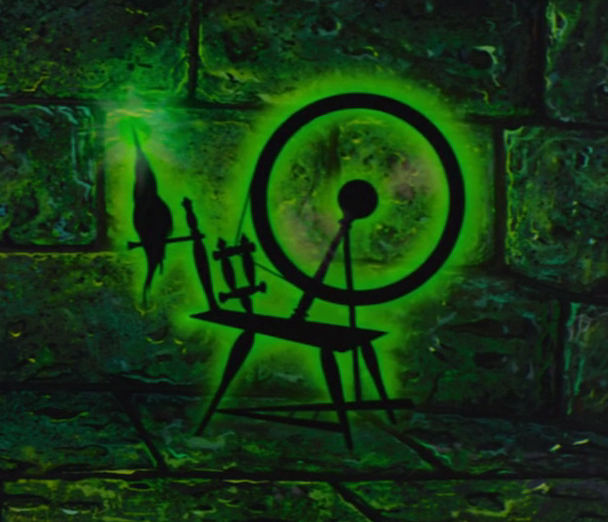

The charkha is a small, portable, hand-cranked wheel and isideal for spinning cotton and other fine, short-stapled fibers. There are numerous types of spinning wheels which exist,including the great wheel also known as walking wheel or wool wheel which isknown for rapid long-draw spinning of woolen-spun yarns and the flax wheel,which is a double-drive wheel which is used with a distaff for spinning linen Saxony and upright wheels, all-purpose treadle driven wheels used to spinworsted-spun yarns and the charkha, native to Asia. The change in the modern spinning techniques have had theirobject which is the providing of automatic means to rotate the spindle, anautomatic method of drawing out the fibers, and devices for working a largegroup of spindles together, at speeds before unachievable. Advance machinery may offer even fasteryarn production consists of the friction spinning, an open end system, an airjet system, spinning a drafting system. The rotor is kept spinning, and the fibers in the roving areseparated, thus open end, and then wrapped as the yarn is drawn out from therotor cup gets simultaneously twisted. A sequence of improvements occurred in the 1700s and concluded in thefirst rotor or open end spinning mill in the US in 1790.

It replaced the former method of hand spinning with aspindle.

It reached the Europe passing through the Middle East inthe European Middle Ages. The initial step up inspinning technology was the spinning wheel, which was invented in India between 5 A.D. A spinning wheel is a device for spinning thread or yarnwhich comes from the natural or man-made fibers.


 0 kommentar(er)
0 kommentar(er)
